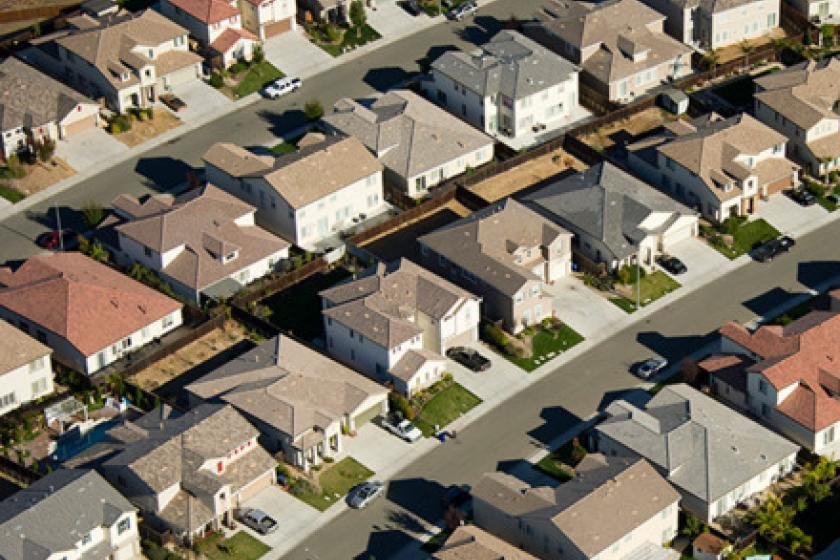EXISTENTIAL RISK
DEGRADED LAND
LAND IS VERY IMPORTANT FOR THE GLOBAL ECOSYSTEM
|
|
|
Natural Land is an ESSENTIAL piece of the Global Ecosystem
Without these places, natural productivity degrades
Natural productivity is the foundation for ALL value add
|
|
|
|
|
|
|
|

|

|
|
MANGROVE / COASTAL WETLANDS
These are some of the most biologically productive areas on the planet, and essential for the health of the oceans and fish stocks.
|

|
|
|
TROPICAL RAIN FOREST
Sometimes referred to as the lungs of the planet ... because they help to purify the air and especially removing CO2 from the atmosphere. They are also home to an amazing variety of plant life and living creatures. Scientists have learned a lot about these important ecosystems, but a lot more is still to be learned.
|

|
|
|
SAVANNAH
Home to a huge number of different wild animals ... elephants, giraffe ....
|
Throughout history humankind has developed land for used in agriculture
Agriculture is vital to produce food, without which people cannot live
But agriculture has evolved in a way that maximizes profit, and nothing else
|


|


|

|
AGRICULTURE / CROP MONOCULTURE
|

|

|

|
DEFORESTATION
Forested land in its natural state does not directly generate economic value using conventional metrics and conventional economic thinking. The land can be 'developed' into something that is economically productive by cutting down all the trees and converting the land to some other use, like soybean production, or palmoil production. Never mind that this wrecks the natural ecosystem and the multiple habitats for all sorts of rare species and reduces capacity of the forest to help with GHG mitigation.
|

|

|

|
RESOURCE EXPLOITATION / MINING
People need 'products' and many of these require the mining of mineral resources to enable manufacture. This is essential for the functioning of the modern consumption intensive economy. Most mining results in both the depletion of natural resources and the degradation of the environment.
The immediate degradation of the environment is visible at any mining operation, but less obvious is the way in which the pollution from mining lingers for decades after the mining stops, especially water pollution.
|


|


|


|
URBAN DEVELOPMENT
There has been massive migration from rural areas to urban cities during the last 100 years and more. There are economic reasons for this, but their are social and environmental reasons why this is not all good. Careful analysis is needed so that cities can be efficient with respect to quality of life and impact on the environment.
|

|
|
|
SUBURBAN DEVELOPMENT
|
Land
The importance of land has been recognised for a very long time, and over thousands of years there have been major conflicts over access to land. More than anything else, land was a source of food, either to grow food, or to hunt food.
Over the years land in the natural state has been 'developed' in order to be more economically productive and provide the things that are needed to support the economy of the day. Development took place when there was economic advantage, without taking into consideration that fact that economic development of the land would result in degradation of the ability of the land to make an environmental contribution.
In modern times scientists have come to know that all sorts of ecosystem services are provided by nature, many of which are located on land.
|
More about LAND, a component of NATURAL CAPITAL
|
Open L0700-CS-NC-LAND
|
Land
The value of land should be related to a land value unit, and adjusted to reflect all the various uses there are for land, and not just those that a priced into money units as a result of real estate development or the buying and selling of a piece of property.
There is value in land when used for ecosystem services (forests for carbon, mangroves and wetlands for fisheries, wildland for bio-diversity, natural land for water purification, etc).
The unit of measure of land could be that 1 hectare of land = 1000 land units. Land use is constrained by a limited and fixed amount of land, and the value will change depending on the use being made of the land.
Land may be used for urban development, suburban communities, rural agriculture, industrial use, tourism and various forms of ecoservice and habitat for bio-diversity.
Many things associated with land and land use could be related to the idea that 1 hectare of undeveloped natural land equals 1000 (say)
|
More about LAND, a component of NATURAL CAPITAL
|
Open L0700-CS-NC-LAND
|

|
|
|
|

